[Yamagata, Higashine] Kurotori Kannon | The 19th temple of the Mogami Thirty-three Kannon Temples and the custom of votive plaques
2021/04/19 This site contains advertisements. Category: visit to a shrine or temple
![[Yamagata, Higashine] Kurotori Kannon | The 19th temple of the Mogami Thirty-three Kannon Temples and the custom of votive plaques アイキャッチ](https://bongheiberg.yamagata.jp/wp-content/uploads/2021/04/黒鳥観音.jpg)
Kurotori Kannon (Kurotoriyama Komyo-ji Temple), located in Higashine City, Yamagata Prefecture, is the 19th temple of the Mogami Thirty-three Kannon Pilgrimage.
A unique custom known as “Mukasari Ema” has been passed down here since ancient times, attracting attention from both within and outside the prefecture. The numerous votive plaques dedicated to the main hall leave a strong impression on visitors and convey a valuable aspect of folk culture to the present day.
In this article, we’ll introduce the history of Kurotori Kannon, the custom of Mukasari Ema, and our impressions after visiting the temple.
What is a mukasari ema? The custom of posthumous marriage
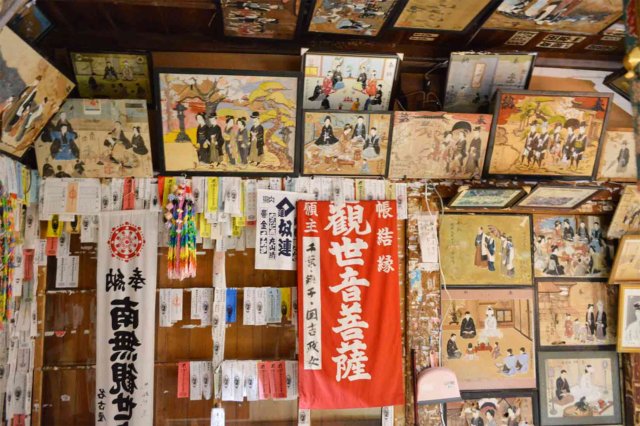
“Mukasari” means “marriage” in the local dialect. It is thought to be derived from the phrase “to welcome someone as a bride and then leave.” Mukasari ema are votive plaques dedicated to children who died at a young age or people who passed away before getting married, so that they can “marry in the afterlife.”
This is the custom of so-called “ghost marriages,” and is said to be a custom seen in parts of Tohoku, such as Yamagata and Aomori prefectures.

Kurotori Kannon is one of the most well-known places where you can dedicate these votive plaques. The hall is packed with votive plaques of all sizes, creating an overwhelming, unique atmosphere.
Kurotori Kannon is the 19th temple of the 33 Mogami Kannon.
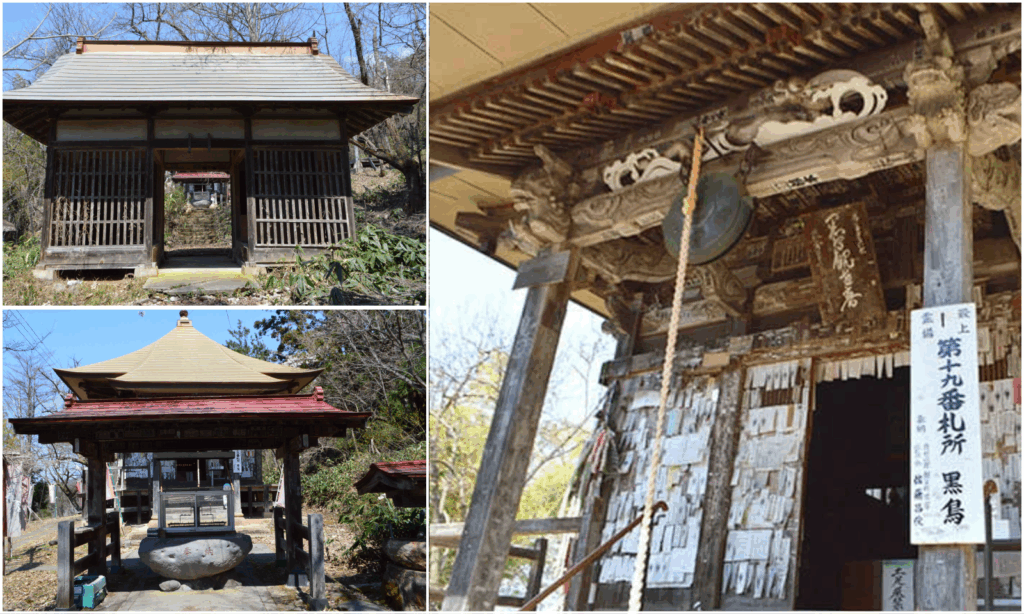
The Mogami Thirty-three Kannon Temples is a pilgrimage route that visits 33 Kannon temples scattered across the Murayama and Mogami regions of Yamagata Prefecture. Kurotori Kannon is the 19th temple and has long been a place of worship. Continuing along the approach, stone steps lead to the main hall, where “Mukasari Ema” votive plaques have been dedicated.
At the time of our visit, an ema dedication happened to be taking place, and we were able to speak directly with the artist.
He also told us some mysterious stories about how the people who served as models for the paintings sometimes appear in people’s dreams, giving us a sense of the strength of folk culture that lives on in the present day. With the spread of social media, the number of young people visiting from outside the prefecture and even overseas has been increasing in recent years. Kurotori Kannon is a special temple where tradition and modernity intersect.

| Spot Name | Kurotori Kannon (Soto Zen sect, Higashineyama, Shujuin Temple) 19th Temple of the Mogami Thirty-three Kannon Temples |
|---|---|
| Phone Number | 090-2279-9610 |
| Business Hours | 8:00 AM – 5:00 PM |
| Closed Days | None |
| Address | 2-10-2 Honmaru Minami, Higashine City, Yamagata Prefecture, 999-3701 |
| Access | 7 minutes by car from JR Sakuranbo Higashine Station |
| Parking | Available (large vehicles can be parked at the entrance to the approach, medium and small vehicles can be parked within the temple grounds on the mountain) |
| Official HP・SNS | – |
Views of Higashine City and surrounding spots
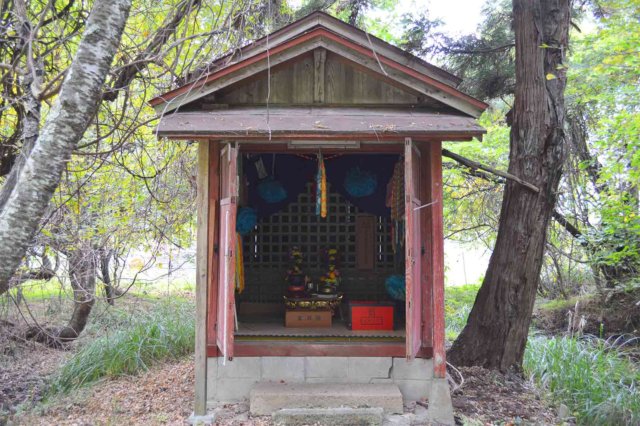
If you walk up the path to Kurotori Kannon, you will come across the Kurotori Benzaiten shrine along the way. It is said to grant blessings in the fields of learning, the arts, and financial luck, so it is recommended to stop by and pay your respects.

If you go further up, you’ll find a large parking lot from which you can enjoy a spectacular view of the Murayama Basin. You can enjoy different views depending on the season and weather, so it’s a good idea to bring your camera with you.

Chickens are allowed to roam freely within the temple grounds, a sight that soothes visitors. It is also said that the temple offers blessings for finding a good partner, finding love, and recovering from illness, and is a place of deep faith in Kannon.
Summary
Kurotori Kannon (Kurotoriyama Komyo-ji Temple) is the 19th temple of the Mogami Thirty-three Kannon Pilgrimage, and a special place where the unique custom of “Mukasari Ema” (votive plaques) still lives on.
The numerous votive plaques are incredibly impressive, leaving a deep impression on visitors.
What’s more, there are plenty of other ways to enjoy nature and culture in addition to pilgrimages to the Kannon temples, such as Benzaiten and the views from the temple grounds.
If you’re visiting Higashine City, be sure to stop by Kurotori Kannon and experience the prayers and culture of this area.


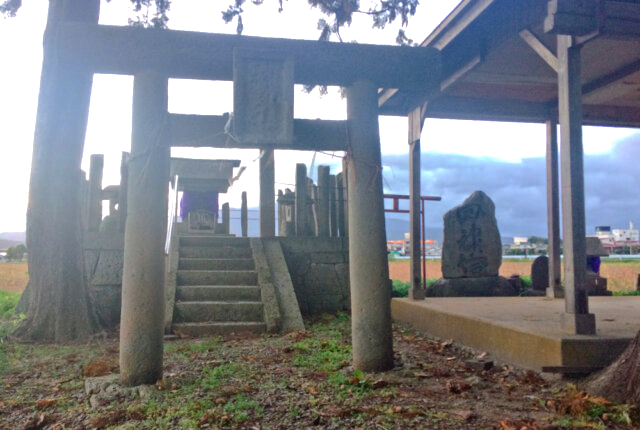
![[Yamagata, Shonai] Kumagaya Shrine, the birthplace of Kamenoo | Learn about the life of Kumagai Saburobei, the god アイキャッチ](https://bongheiberg.yamagata.jp/wp-content/uploads/2025/09/熊谷神社.jpg)
![[Yamagata, Takahata Town] Pray to Kameoka Monju, the God of Academics! | Introducing a Power Spot for Academics and Tourism アイキャッチ](https://bongheiberg.yamagata.jp/wp-content/uploads/2025/08/亀岡文珠1.jpg)
![[Yamagata, Nagai City ] The Head Priest’s Passion for Motorcycles Shines—Sōmiya Shrine, a Sacred Spot for Riders アイキャッチ](https://bongheiberg.yamagata.jp/wp-content/uploads/2025/07/unnamed.png)
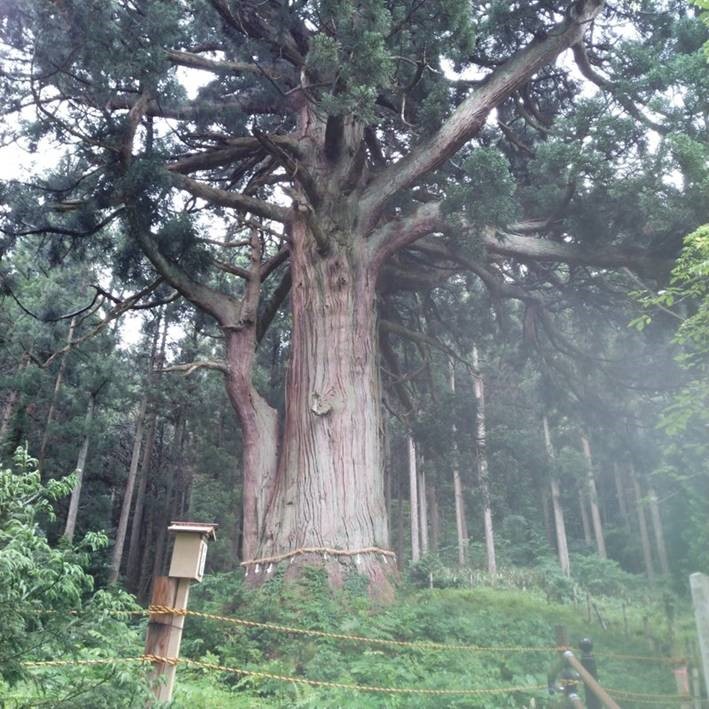
![[Yamagata, Tendo City] Takeisao Shrine, dedicated to Oda Nobunaga | Goshuin and Konpeito Worship Report アイキャッチ](https://bongheiberg.yamagata.jp/wp-content/uploads/2025/07/image6.jpg)
![[Asahi Town, Yamagata] Visiting Air Shrine | A Mysterious Spot Enshrining Air アイキャッチ](https://bongheiberg.yamagata.jp/wp-content/uploads/2025/07/IMG_3602-scaled.jpg)
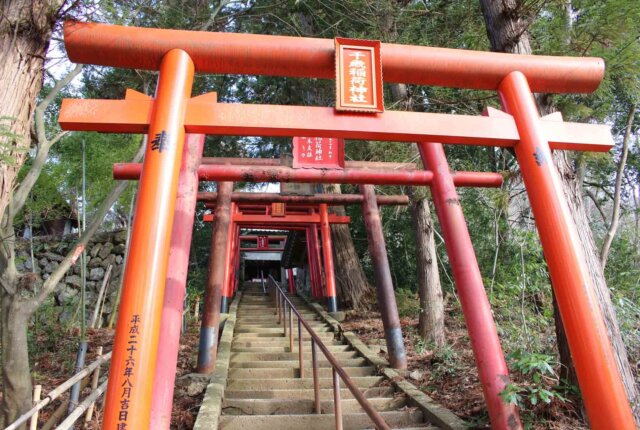
![[Yamagata, Yamagata City] Karamatsu Kannon | The fifth of the 33 Mogami Kannon temples with a spectacular view and a free campsite アイキャッチ](https://bongheiberg.yamagata.jp/wp-content/uploads/2025/02/karamatsu-kannon1.png)

![[Yamagata, Tendo] Enjoy authentic gelato at the sports park! Made by Italian-trained artisans at “COZAB GELATO” アイキャッチ](https://bongheiberg.yamagata.jp/wp-content/uploads/2025/09/top-scaled.jpg)

![[Yamagata, Tozawa] “Roadside Station Tozawa Kouraikan” Experience of traveling Korea | Korean gourmet food, and souvenirs アイキャッチ](https://bongheiberg.yamagata.jp/wp-content/uploads/2025/10/道の駅とざわ_高麗館9-1.png)
![[Yamagata, Murayama] Link MURAYAMA’s pizza shop “pizza nu-ma” | Delicious pizza tasting report アイキャッチ](https://bongheiberg.yamagata.jp/wp-content/uploads/2025/09/pizza-nu-ma7.png)